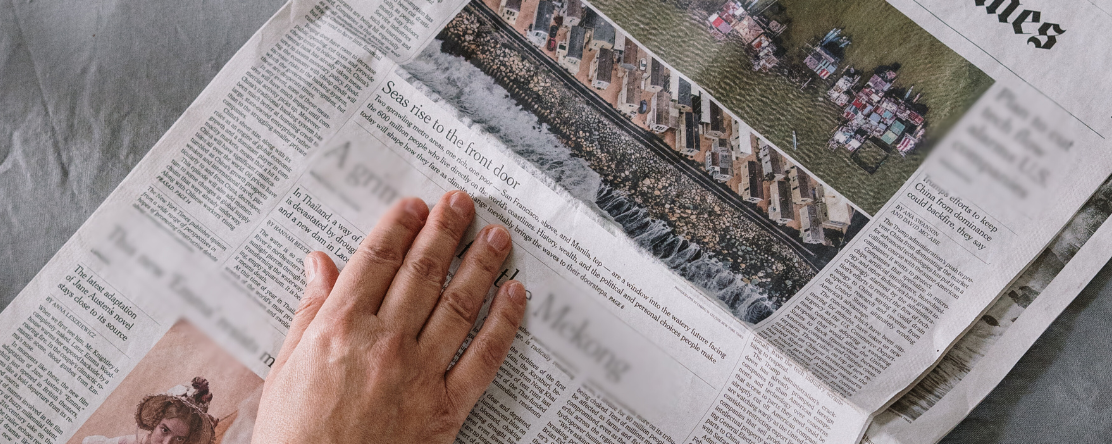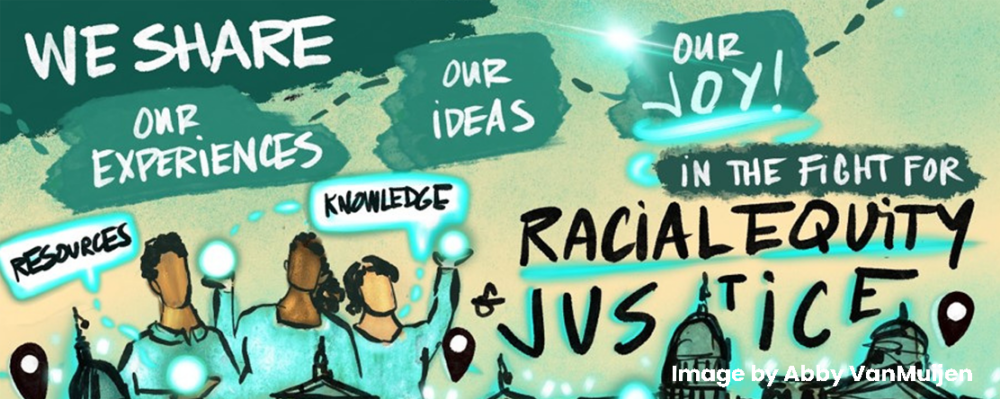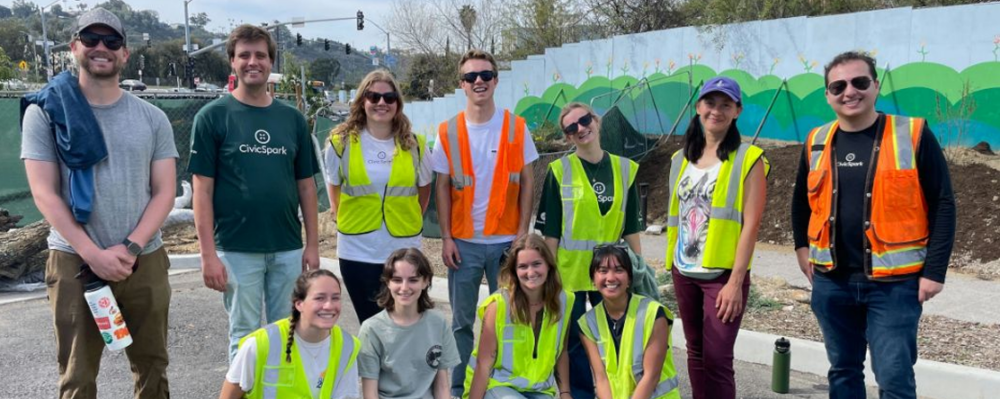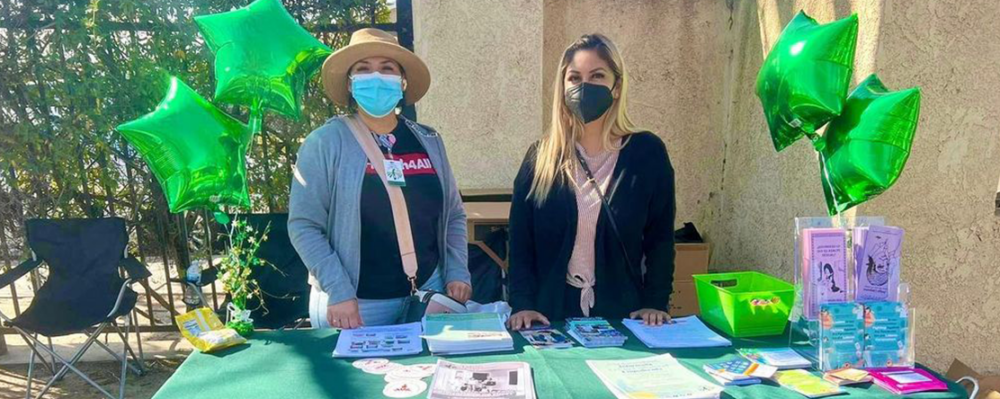
In the News
LA Times: PHI’s Pamela Mejia Discusses How News Coverage and Social Media Can Shape Public Perceptions of Safety
-
Focus Areas
Capacity Building & Leadership -
Expertise
Media Advocacy & Communications -
Programs
Berkeley Media Studies Group

“Political polling can, famously, get it wrong, but can also be a useful indicator of how people perceive the world around them and what to do about it. Based on recent surveys and political rhetoric, it seems voters are influenced less by contextual data and more by vibes.
But what do the numbers show?
The number of homicides in California and the U.S. overall dropped last year compared with 2022. Fewer rapes were also reported in the state last year, though an increase in robberies and aggravated assaults fueled a 3% increase in overall violent crime.
More recently, many major U.S. cities are reporting sharp drops in homicides in the first half of 2024 compared with the same six months in 2023.
By some key indicators, many communities are seeing crimes recede after the COVID crime surge. Despite that, people don’t feel safe.
In a Gallup poll published in November, 63% of respondents said crime was an “extremely serious” or “very serious” problem in the U.S., while 17% said the same about their local area. Both were the highest shares of those responses in more than two decades of surveys.
One factor in that feelings-versus-data disconnect, as my colleague Noah Bierman reported last year, is partisanship. Republicans typically rank big cities as far less safe than Democrats in Gallup polls.
But it’s also important to note that media coverage — and the stream of content it breeds on social media — plays a major role in how safe or unsafe we feel. As crime remains a focal point this election cycle, let’s unpack that.
Mean world syndrome
I spoke with Pamela Mejia, director of research and associate program director at Berkeley Media Studies Group, whose research focuses on media narratives about violence and crime.
She told me the reaction people have to perceived crime is often shaped through a cognitive bias known as “mean world syndrome.” “The more media that people consume that depicts the world as a violent place, the more likely people are to believe that the world around them is indeed a violent place,” Mejia said. “That’s going to then affect their belief in the world around them and … the decisions they make should reflect that, whether that’s in terms of who they vote for, who they support, [or] what policy platforms they are open to.”
News media often concentrate a narrow attention on “the most high-profile or extreme acts,” she said, which leads most of us to have a naturally visceral reaction.
“It’s fear, it’s anxiety, it’s terror, and it’s a very acute sense of hopelessness,” Mejia said. Those feelings are then “leveraged by different political parties,” she said, regardless of the actual prevalence of crime.
She also pointed to Gallup survey results published last August that showed younger adults who lived in cities were more likely to rank cities safer than older, suburban residents. And while it’s “not a perfect [one-to-one] comparison,” Mejia said Pew Research Center surveys showing older Americans are overwhelmingly getting their news from television — which features heavy crime coverage — suggest “some overlap” in older news consumers’ perceptions of crime.
Social media have kicked those narratives into overdrive
While Mejia acknowledges some newsrooms have moved away from more sensational portrayals of violence and crime with efforts to add context and solutions, social media are a whole different game.
You may follow or come across posts from accounts that aren’t traditional news organizations, but rather faceless aggregators who repost news footage, surveillance video and eyewitness video of crimes — often without citing sources. The lack of vetting on social media creates more hazards, Mejia explained:

If we’re not necessarily hearing from community leaders, faith leaders, local politicians, violence preventionists, medical folks, any of the other people who play a role in building our communities and actually making communities safer [then] it’s a lot harder to open the door to conversations about … what is the context against which this is happening? What are we doing [about it]?Pamela Mejia, MPH, MS
Director of Research and Associate Program Director, Berkeley Media Studies Group, Public Health Institute
How can news media improve?
Mejia believes responsible news coverage of crime should balance informing the public without sensationalism and avoid downplaying the very real toll and trauma of violence.
“If we don’t acknowledge that … we’re also creating a space where people are just not going to be receptive to hearing whatever comes next,” she said.
Another suggestion: Diversify the voices featured in crime reporting. Mejia said her research shows police officials tend to be quoted most frequently, “almost at the expense of others.”
“That plays a pretty profound role in shaping whose voices have legitimacy,” she said. “If we’re not necessarily hearing from community leaders, faith leaders, local politicians, violence preventionists, medical folks, any of the other people who play a role in building our communities and actually making communities safer [then] it’s a lot harder to open the door to conversations about … what is the context against which this is happening? What are we doing [about it]?”
Click on the link below to read the full article. Registration or subscription may be required to access this full story.
Originally published by LA Times
More Updates
Work With Us
You change the world. We do the rest. Explore fiscal sponsorship at PHI.
Support Us
Together, we can accelerate our response to public health’s most critical issues.
Find Employment
Begin your career at the Public Health Institute.



